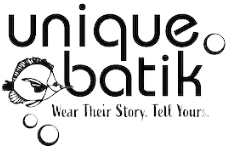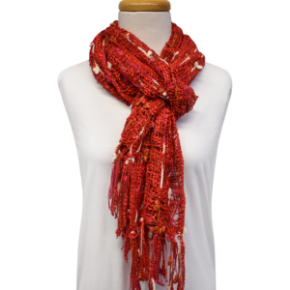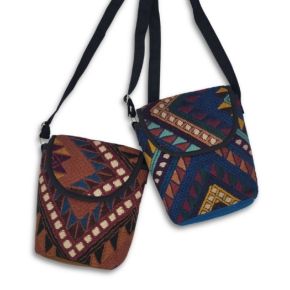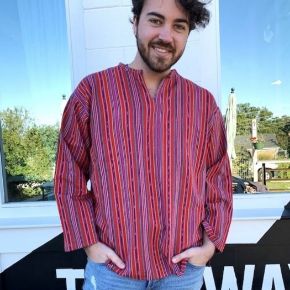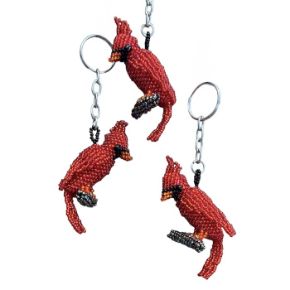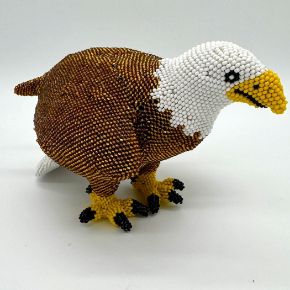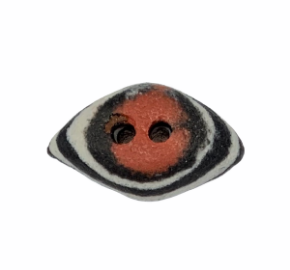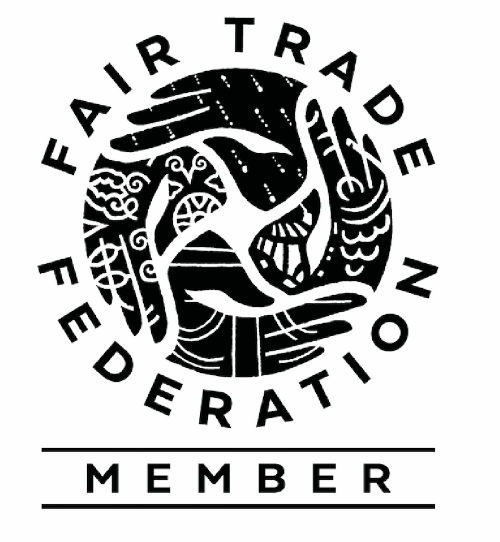As Unique Batik looks for nonprofit partners to support in the regions in which we work, one of the most important attributes we seek is sustainability. Will the organization be able to work effectively not only now, but in the future to make a long term impact instead of putting a temporary band-aid on the community’s problems? One of the most impressive things about Asociacion La Libertad, or ALAS, is that they have a sustainability plan to secure the organization's future. ALAS, a nonprofit organization based in Guatemala, coordinates educational development and more for the neglected populations of Guatemala.
Students in ALAS’ educational programs contribute to the plan by working while they attend school. To launch a new school in a remote area, La Libertad must ensure that they can support the minimum number of students required by the government. Unique Batik has funded tuition for the seven qualified students needed to reach the minimum number required and start the new school. Once the school is established, the students will help sustain it through their work. Through this system, not only are they creating a future for the students who come after them, they are also empowered by knowing that they can contribute to the community.
After the brutal 36-year civil war ended in in 1996, 410 refugee families were repatriated to a remote zone of the highlands of Guatemala in the Zona Reina area, to the village now known as San Antonio de Nueva Esperanza, or “New Hope.” Reconstruction began and the vision of the village elders included establishing education as a foundation for future development. With the lowest literacy rate in Latin America, especially among rural, indigenous populations, education is of paramount importance to the development of the lives of the Guatemalan poor.
Fourteen years after the initial founding of La Libertad’s educational program, which seeks to provide formal education ranging from elementary school through college, the village of San Antonio de Nueva Esperanza and its neighbors have seen over 450 people complete their education through the ninth grade. Approximately fifty students participating in extended vocational training for computers and agriculture have gone on to study at the university level. Considering the odds against them -- on average, only one out of ten rural Guatemalans completes middle school -- these figures indicate the tremendous success of ALAS.
La Libertad continues to take on challenges, including the 2010 opening of the university satellite campus of the Mariano Gálvez University, the only one in all of the Zona Reina. With this, the original vision of extending local education from the middle school to university level has been brought to fruition, but sustaining this vision takes continuous work on the part of not only ALAS, but program participants. One benefit of local university classes is that it guarantees that local teachers who want to stay in Zona Reina and expand the educational system can achieve their own necessary education to lead and inspire future students.
Unique Batik is proud to partner with ALAS in providing educational opportunities for the people of Zona Reina and San Antonio Nueva Esperanza. Through the years, the community has shown its commitment to education and La Libertad has created a program that can achieve its goals sustainably, making the vision of the founding village elders a reality that will touch generations to come.
